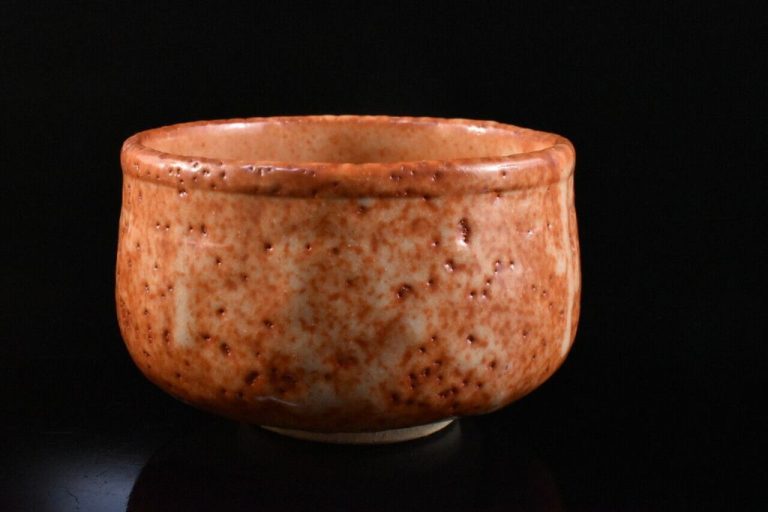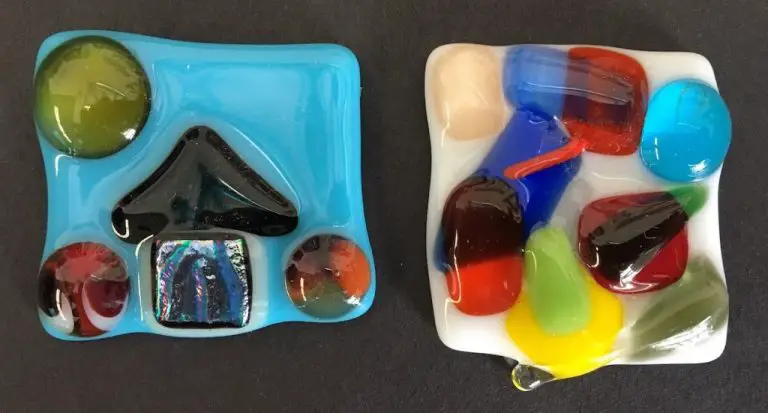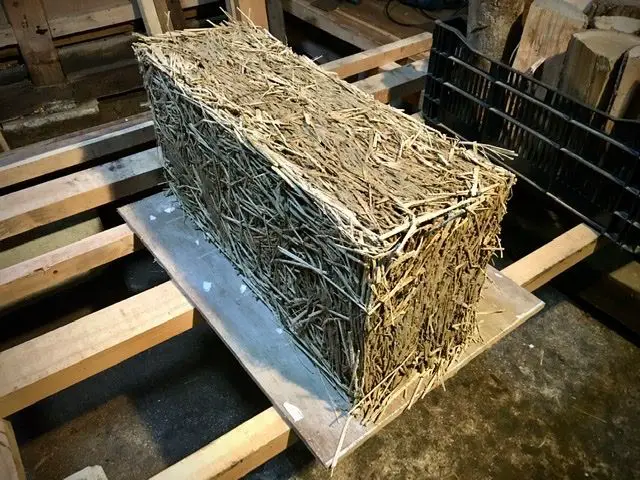What Tools Are Used In Clay Work?
Clay work refers to the process of creating pottery, ceramics, and other objects out of clay. It is one of the oldest and most elemental forms of human expression, with artifacts dating back over 20,000 years. Clay work utilizes a variety of tools and techniques to shape, decorate, and fire clay to create functional and artistic objects.
The most common tools used in clay work include:
- Hand tools like loop tools, ribs, and sculpting knives for shaping clay
- Pottery wheels for throwing and centering clay
- Molds to create reproducible forms
- Kilns for firing and hardening clay at high temperatures
- Glazes and slips for coloring and finishing surfaces
- Specialized tools for decorating, texturing, joining pieces, and more
This article will provide an overview of the essential tools that enable clay artists and potters to craft beautiful and functional works in this versatile medium.
Hand Tools
Hand tools are essential for sculpting, smoothing, carving, and finishing clay pieces. Some of the most common hand tools used in clay work include:
- Needle tools – These are thin, pointed metal tools used to carve fine details and textures into clay. They come in various shapes and sizes.
- Loop tools – Loop tools have a wire or wooden loop on the end and are used for smoothing clay surfaces. The loops are gently pressed into the clay, molding and blending it.
- Ribbon tools – Similar to loop tools, ribbon tools have a flexible metal blade that can smooth and shape clay. The thin ribbon-like blade allows for delicate detailing.
- Cutting wires – These thin, taut wires are used to slice cleanly through clay to cut pieces or remove excess material.
- Ribs – Ribs are thin pieces of wood, metal, or plastic used to smooth, shape, scrape, and compress clay surfaces. They help remove wrinkles and shape the clay.
Having an assortment of hand tools allows clay artists to manipulate and transform clay using only their hands and tools. They are essential for giving clay dimension, texture, and finishing details.
Pottery Wheels
Pottery wheels allow potters to efficiently produce symmetrical ceramic pieces. There are two main types of pottery wheels: kick wheels and electric wheels. Kick wheels rely on leg power to spin the wheel head, while electric wheels use an electric motor to provide the rotational force.
Kick wheels like the Brent Model C provide an affordable, easy to use option for beginners. They build strength and finesse through the use of an attached pedal that potters use to drive the spinning wheel head. Skilled potters also appreciate kick wheels when working on large pieces.
Electric wheels offer advantages in power and torque consistency. Popular models like the Shimpo RK-10 provide variable speed control, allowing potters to fine tune the wheel rotation speed. Attachments like splash pans offer protection from loose clay while throwing. Precise electric wheels with tight tolerances allow advanced potters to tackle intricate pieces.
When selecting a pottery wheel, beginners should prioritize ease of use and affordability. Intermediate potters gain advantages from electric wheel features like variable speed controls. Advanced potters benefit from high end wheels that offer additional torque and precision.
Molds
Molds are an essential tool used in clay work and ceramics to help shape and support pottery forms during construction. There are several types of molds used by potters and ceramic artists:
Plaster Molds
Plaster molds are made from plaster of Paris and are used to make slip cast ceramics. To make a plaster mold, a prototype of the desired piece is formed out of clay. Liquid plaster is then poured around the prototype and allowed to set. Once the plaster hardens, the clay prototype is removed, leaving a hollow plaster mold. Liquid clay slip can then be poured into the mold and allowed to harden to form an exact copy of the original prototype.
Press Molds
Press molds are usually made from plaster and are used to shape pottery forms with hand pressure rather than pouring slip. To use a press mold, a ball of clay is pressed into the mold by hand and squeezed to pick up the shape and details. Press molds allow the clay to be removed easily and are often used to make tiles, dishes, and other shallow forms.
Slip Molds
Slip molds utilize liquid clay rather than plaster to form the mold. First, a prototype is shaped from clay. Then liquid clay slip is poured around the form and allowed to dry and harden. The prototype is removed, leaving a slip mold that can be used to make further clay forms by pouring more slip into it. Slip molds are durable and can be used to produce multiple copies.
Kilns
Kilns are essential tools used in clay work for firing clay pieces to permanently harden them. There are several types of kilns used for firing clay:
Electric kilns are commonly used for firing clay and ceramic work. They allow precise control over firing temperatures and are easy to operate. Electric kilns heat up using heating elements and do not require fuel like gas or wood kilns (https://spinningpots.com/difference-between-a-ceramic-and-clay-kiln/).
Gas kilns rely on natural gas or propane to generate heat for firing clay work. Gas kilns allow manipulating the flame to create effects like flashing on the clay surface. They can reach higher temperatures than electric kilns but require ventilation (https://www.omahaclayworks.com/what-types-of-kilns-are-used-for-firing-clay-art-pieces-in-omaha-nebraska).
Raku kilns are small, portable kilns used for raku firing, which involves removing clay work at red hot temperatures and placing it in combustible materials. This creates unique crackled glaze effects. Raku kilns are typically gas-fired and simplify the raku process (https://www.reddit.com/r/whatsthisworth/comments/zod1ks/kilns/).
Pit or saggar firing involves placing clay pieces in a pit or container filled with combustible materials like sawdust or leaves. The organic materials are lit on fire and allowed to burn out. This exposes the clay to intense heat and atmospheric effects. Pit/saggar firing does not require a formal kiln structure.
Glazes
Glazes are an essential part of finishing and decorating clay work. They serve both functional and aesthetic purposes. Functionally, glazes make pottery non-porous, so liquids won’t soak into the clay. Aesthetically, glazes allow for endless colors, textures, and effects. There are many types of glazes to explore.
When it comes to mixing glazes, most potters buy pre-mixed glaze recipes rather than mixing from scratch. This takes a lot of the guesswork out. However, mixing your own glazes allows for more customization and experimentation. The basic ingredients in a glaze are silica, fluxes, stabilizers, and colorants. Following a recipe and using a scale ensures proper mixing ratios.
To apply glazes, there are a few main techniques. Dipping fully immerses the piece in glaze. Brushing the glaze on gives more control over coverage. Spraying through an airbrush provides a fine, even mist. Pouring, sponging, and trailing can create special effects.
Common types of glazes include glossy, matte, crystalline, luster, and underglazes which are painted on raw clay. There are endless options when combining glaze types, colors, and applications to make your pottery creations truly unique.
For more details on glazing basics, see this excellent guide: https://www.soulceramics.com/pages/glazing-ceramics-basics
Clays
Clay is the fundamental material used in ceramic and pottery work. There are several major types of clays used by potters and ceramic artists:
Earthenware – Earthenware clays contain iron and other minerals which result in low firing temperatures and more porous items. Earthenware works well for items like flower pots that don’t need to hold water. Common earthenware types include terracotta and red clay.
Stoneware – Stoneware clays have higher firing temperatures, resulting in less porous items that are durable and hold water well. Stoneware clay is commonly used to create dishes, mugs, and other functional items.
Porcelain – Porcelain clays are very pure, with high firing temperatures up to 1400°C. This results in smooth, white, translucent items. Porcelain is ideal for decorative objects and tableware.
Terra Cotta – An earthenware clay known for its natural red-orange color from iron oxide content. Terra cotta has been used for pottery and construction for thousands of years.
Casting slips – Liquid clay suspensions used for pouring into molds to create intricate shapes. Once fired, the cast pieces maintain their molded shapes.
Tools for Surface Decoration
Some common tools used for decorating the surface of greenware clay pieces include sponges, brushes, stamps, and resists. Sponges can be used to apply underglazes, glazes, slips, and engobes to the clay surface. Natural sea sponges as well as man-made sponges work well for absorbing and releasing colored slips evenly onto greenware (1).
Brushes allow artists to paint fine details and patterns onto the clay. Brushes come in a variety of sizes and can be made with natural or synthetic bristles. Stencil brushes, liner brushes, and mops each have specific uses when decorating clay (2).
Rubber stamps, linoleum block stamps, and found object stamps can impress shapes and textures into the clay surface. These stamps are usually dipped into colored underglazes and then pressed into the greenware. Stamping adds interest and dimension to ceramic pieces.
Resists are materials that resist or mask off certain areas during glazing. Tape, wax, glaze, and specialty resists can be used to preserve parts of the clay surface during additional decorating steps. This allows some areas to remain colored while other sections are glazed over.
Tools for Joining
Three of the main tools used for joining unfired clay pieces are slip, scoring, and wire.
Slip is a liquefied clay mixture used to help adhere clay surfaces together. Before joining, potters use a brush to apply a layer of slip to the surfaces to be joined. The water in the slip mixture acts as a lubricant while the clay particles act as an adhesive after drying. According to Wheel & Clay, potters can make their own slip by mixing together clay and water to create a creamy consistency.
Scoring is making indentations on the clay surfaces before applying slip. This gives the slip something to grab onto and increases its holding power. Scoring can be done using basic tools like knives, forks, or toothpicks. The scoring marks create crevices and ridges for the slip to adhere within.
Wire is used to cut and join coils and slabs of clay. Different gauges of wire offer flexibility and strength for clay work. Wire tools like needle tools can also assist in scoring tight seams between clay pieces.
Safety Equipment
When working with clay, it’s important to use proper safety equipment to protect yourself. Key safety gear includes:
Apron – Wearing an apron keeps your clothing protected from water, clay dust, and stains. Choose a water-resistant vinyl or nylon apron.
Gloves – Gloves protect your hands from clay residue and chemicals. Opt for heavy duty rubber gloves that go up past the wrist when using glazes. Latex or nitrile gloves work for general clay handling.
Mask – Wearing a mask prevents inhalation of silica dust and other clay particles which can cause lung disease. Use an N95 respirator mask when sanding greenware or mixing dry clay. For glazing, an N95 or disposable mask is recommended.
Goggles – Safety goggles protect the eyes from splashes when pouring liquids and debris when chiseling or grinding. Look for chemical splash goggles with indirect venting.
Proper studio ventilation, cleaning surfaces, and washing up after working also help reduce exposure to clay hazards. Refer to Clay Studio Safety guidelines for in-depth health and safety information.



